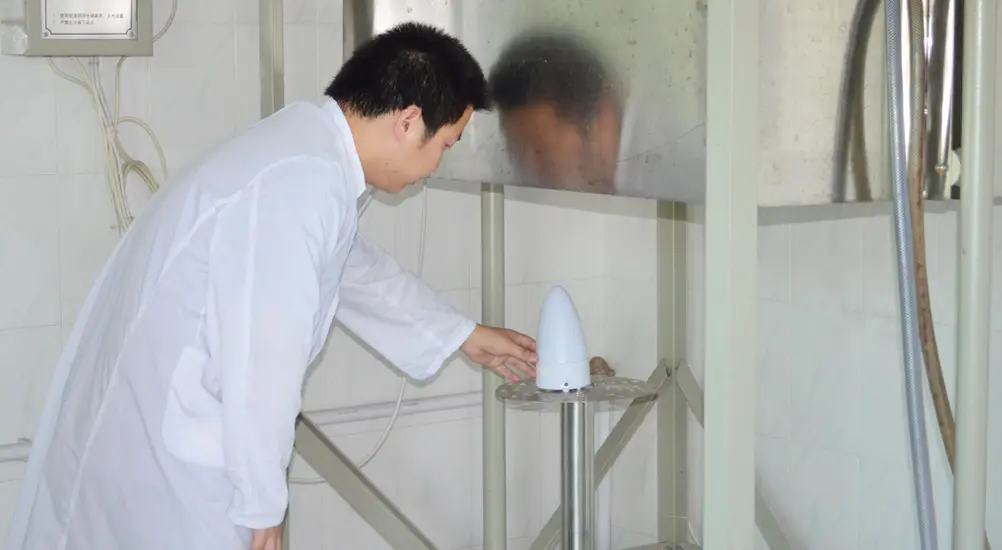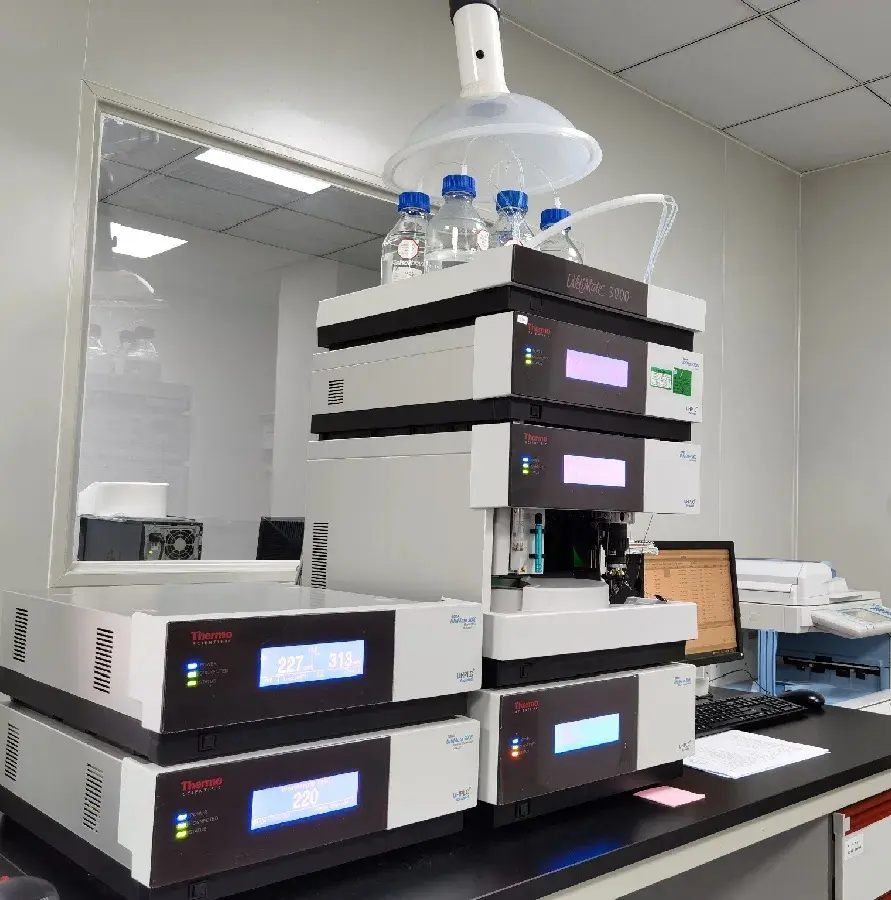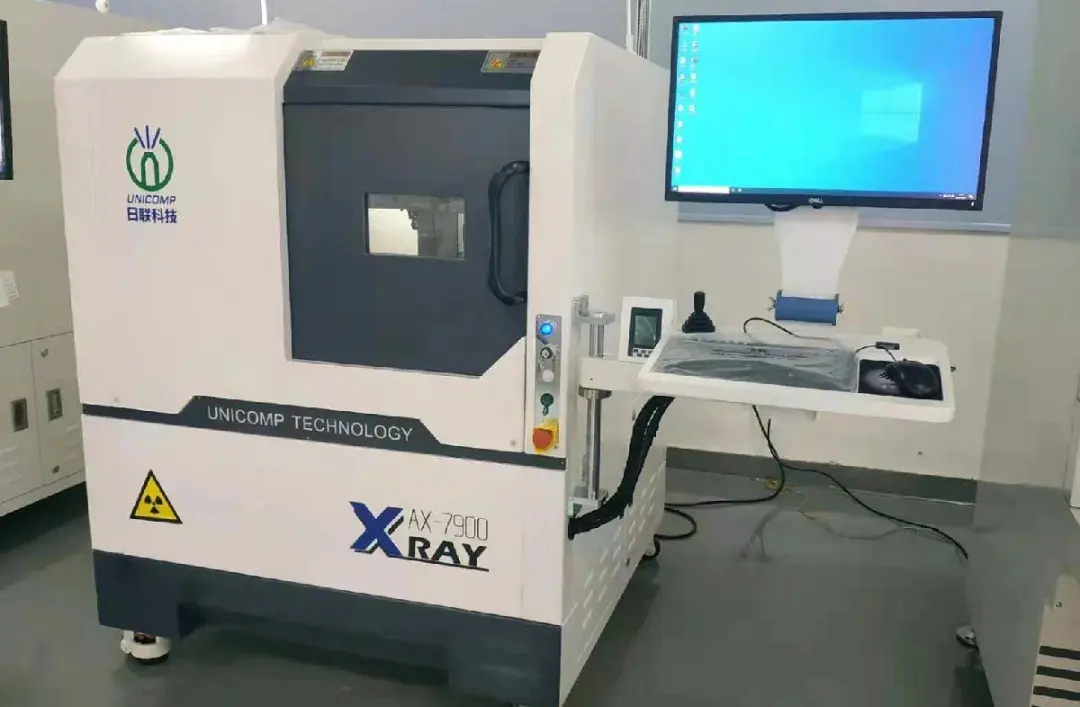
What is PFAS Testing?
PFAS is the abbreviation for Per- and Polyfluoroalkyl Substances. It refers to a group of synthetic organic fluorinated compounds that contain at least one fully fluorinated carbon atom (i.e., at least one -CF2- or -CF3 aliphatic chain structure unit). There are nearly 5,000 known PFAS compounds, with common ones including PFOA (Perfluorooctanoic Acid), PFOS (Perfluorooctanesulfonic Acid), C9-C14 PFCAs (Perfluorocarboxylic Acids with carbon chain lengths of 9-14), PFHxA (Perfluorohexanoic Acid), and PFHxS (Perfluorohexanesulfonic Acid), among others. These compounds can be classified into gases, liquids, or solid high-molecular-weight polymers based on their structural differences.
PFAS have unique physicochemical properties such as oil and water resistance and high thermal stability, making them commonly used in food-contact materials like food packaging bags and takeout containers. However, PFAS can migrate from these materials into food or beverages, posing a threat to human health. While PFAS have brought great convenience to production and daily life, their persistence in the natural environment and high bioaccumulative potential have led many countries and regions to implement regulations controlling their production and use to protect human health and environmental safety.
Potential Restrictions on PFAS:
- Food-contact materials, paper, and cardboard
- Textiles, leather, and clothing
- Cosmetics and personal care products
- Chemicals
- Lubricants, greases, and construction products
- Electronic devices, batteries, fuel cells, semiconductors, and the energy sector
- Transportation (automobiles, aviation, etc.)
- Fluorinated gases
- Firefighting foams, petroleum, and mining industries
Key Regulatory Milestones for PFAS in Food-Contact Materials:
- 2019: EU POPs regulations
- 2020: EU POPs regulations and restrictions in San Francisco, California
- 2021: U.S. Toxic Packaging Clearinghouse (TPCH) regulations
- 2022: Restrictions enforced in Santa Rosa, California; Maine; and New York
- 2023: EU REACH Annex XVII regulations and restrictions in California, Connecticut, Maine, Vermont, and Washington
- 2024: Additional restrictions in California, Colorado, Hawaii, Maryland, Minnesota, and Rhode Island
- 2030: Full PFAS restrictions in Maine

PFAS Reporting Regulations:
- 2011: Washington State mandates reporting under "Chemicals of High Concern to Children"
- 2014: Vermont adds PFAS to its list of chemicals of high concern for children
- 2018: Oregon introduces regulations for high-priority chemicals in children's products
- 2020: Maine classifies PFAS as priority chemicals requiring reporting
- 2023: Maine strengthens PFAS reporting requirements
The European Union and Northern Ireland implemented REACH Annex XVII, Item 68 in 2023, restricting the use of C9-C14 PFCAs and related substances.
In 2023, five U.S. states imposed PFAS usage restrictions, with California’s AB 1200 receiving the most attention. Under AB 1200, organic fluorine content must be below 100 ppm. Additionally, if a product contains chemicals from a designated list (including PFAS), manufacturers must disclose this information on their websites by 2023 and include it on product labels by 2024. In the same year, Maine authorities required companies to report intentionally added PFAS.
With an increasing number of countries and regions implementing PFAS restrictions, China JJR Laboratory provides PFAS testing, risk substance assessments, and other hazardous chemical testing based on various national regulatory requirements. We offer one-stop testing solutions to help enterprises address PFAS-related challenges.
Email:hello@jjrlab.com
Write your message here and send it to us
 Packaging Validation ISO 11607 Test Report
Packaging Validation ISO 11607 Test Report
 What is the ISO 11607-1 Packaging Validation Test?
What is the ISO 11607-1 Packaging Validation Test?
 How to get an ISO 11737-1 Test Report?
How to get an ISO 11737-1 Test Report?
 Orthopedic Implant Cleanliness Testing
Orthopedic Implant Cleanliness Testing
 What is ISO 10993-23:2021 Irritation Testing?
What is ISO 10993-23:2021 Irritation Testing?
 ISO 10993-23 Irritation Testing Laboratory
ISO 10993-23 Irritation Testing Laboratory
 EMI Emissions Testing
EMI Emissions Testing
 EMC Standards for Medical Devices
EMC Standards for Medical Devices
Leave us a message
24-hour online customer service at any time to respond, so that you worry!




